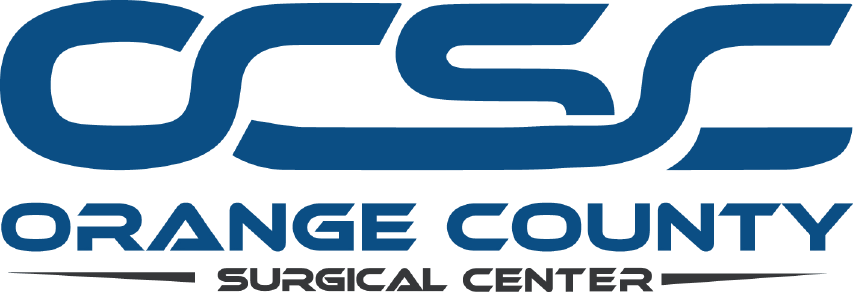
PCI
How is PCI Treated
The facility is available for percutaneous coronary intervention (PCI) procedures. PCI is what many people might know as angioplasty. It is a non-surgical procedure where the physician places a catheter, a thin, flexible tube, into blood vessels, usually in the groin area.
They thread the tube up to a blocked artery and use it to insert a stent to open up the blood vessel. The stent is a wire tent that expands the walls are the artery to improve blood flow. The procedure helps those experiencing chest pain (angina) due to poor blood flow.
The Orange County Surgery Center uses its state-of-the-art fixed C-arm system for PCI and other cardiac procedures. C-arm technology improves patient outcomes for minimally invasive procedures like PCI.
